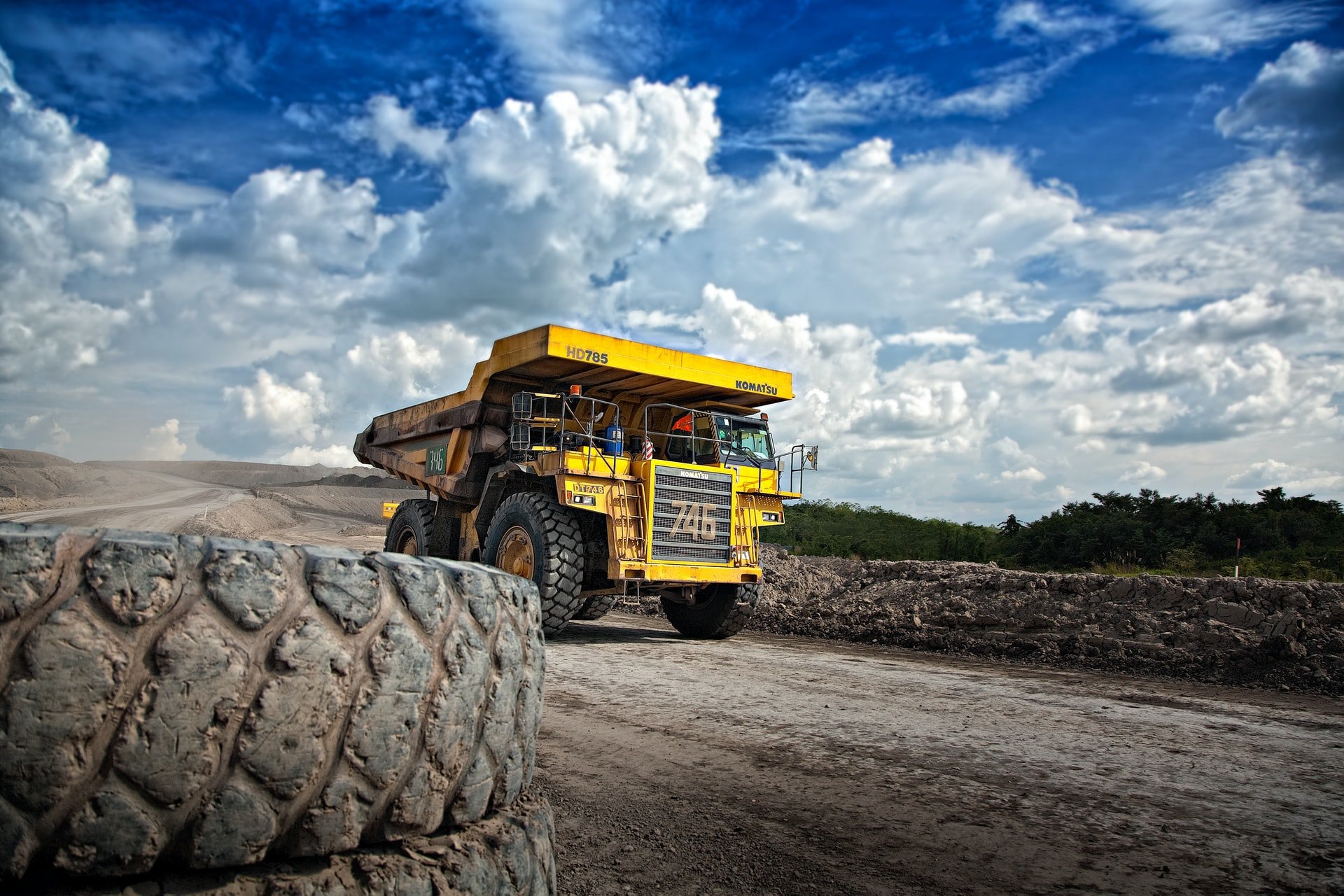
It is to be expected that any machinery weighing in the tonnes like crawlers, dozer, tractors, and cranes, is going to create lots of noise. In many instances, this need not be too much of an issue; in mining, for example, workers can be protected from the noise with PPE, while civilization is often many miles away, unaffected by noise and any subsequent disruption. In other instances, however, proximity to residences and workplaces is unavoidable, creating public disturbance. There are a number of ways to treat this noise and minimize the impact on nearby homes and business, and any potential detrimental effects on operations.
Isolated Noise Control & Portable Noise Barriers
Besides the removal or replacement of the machinery (which is difficult or impossible based on the specifications of the job), implementing engineering controls at the noise source is the most effective way of reducing exposure to noise. According to the hierarchy of hazard controls, engineering controls will isolate workers and anyone else from the noise hazard. On heavy machinery weighing many tons, engine compartments emitting excessive noise can be covered with portable and lightweight Echo Barriers. With reductions of 10 to as much as 30 decibels achievable in the field, implementing Echo Barriers is one of the quickest and surest ways of mitigating heavy equipment noise.
.jpeg)
Echo Barriers are extremely versatile and robust, providing world-class acoustic performance for heavy machinery noise.
Enclosing Sites With Noise Barriers
Although not as effective as an isolation approach, installing Echo Barriers around a site perimeter or a troublesome area is useful for minimizing the noise escaping beyond the worksite. Additionally, Echo Barriers are effective at helping communicate a positive corporate message to those who see them, informing residents that an active effort is being made to mitigate noise impact.
Importance Of Protecting Workers
Typical noise exposure levels vary between different construction trades. Crane and bulldozer operators are reported to be exposed more than many other tradesmen such as carpenters and heating, ventilation, and air conditioning installers, with average exposure levels measuring 93 to 105 decibels. While concern should be shown for broader environmental impact of operational noise, the workers’ health shouldn’t be neglected either.
Echo Barriers: An Extra Layer Of Protection
Echo Barrier is an innovative portable noise control system designed to mitigate noise in dynamic and sensitive work environments, reducing noise by up to 43 dB. These portable noise barriers can be used in conjunction with personal protective equipment to maximize hearing protection for both workers and the community.

